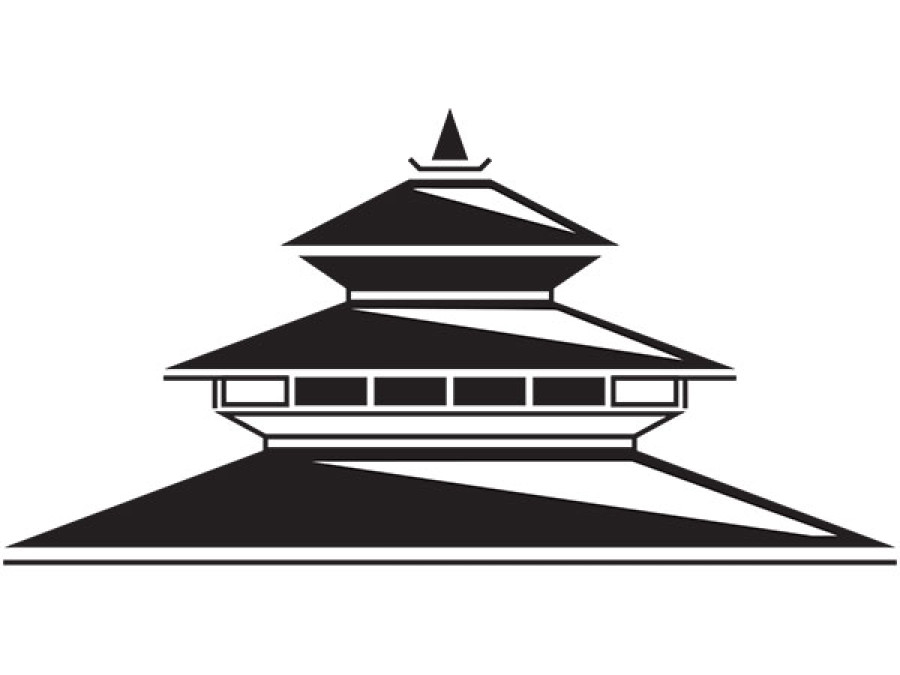Editorial
Learning by doing
Sharing information can help relief efforts of individuals, organisations be more effective
Coordination among various agencies in times of natural disaster is always a difficult task. In the aftermath of the Great Earthquake, this problem has been even more apparent given its magnitude. Many individuals and organisations, based on information obtained from the media, are collecting relief materials and rushing to nearby districts to provide help. Of late, the government has also been able to transport food, tents and medicine to many district headquarters. But as most distribution of these materials is occurring along the highway, those living in the hinterlands are not getting the help they need. The government should step up its efforts towards this end.
Still, as it has been more than a week since the earthquake, all concerned stakeholders—enthused volunteers, government and I/NGOs—could benefit from a bit of introspection. To begin with, information is key to any kind of relief work. The government authorities have the number of dead, injured and houses destroyed while I/NGOs and individuals seem to have information about where no agency has reached with relief supplies. While many of these organisations are uploading information—areas which are yet to be covered, places they visited, relief materials distributed—online, there does not seem to be much coordination among organisations doing similar work. One way to ensure coordination of the relief efforts could be through sharing information about the areas they have covered with other similar organisations and local
district authorities. It should help build pressure on government authorities to head to far-flung areas which is only accessible by air. Ensuring that relief reaches the poorest is very important as Nepal is sixth among the 11 countries—others being Bangladesh, Democratic Republic of the Congo, Ethiopia, Kenya, Madagascar, Nigeria, Pakistan, South Sudan, Sudan, and Uganda—in the world which are most at risk of disaster-induced poverty.
To reach people who are most in need of supplies, I/NGOs and individuals could first find a local who is active in the locality and then gather information about what is most needed in the area and who needs it the most. In addition, local community forest user groups are also likely to have information like the distribution of households according to geographic location, population by sex, ethnicity, among other things. Data from the 2011 Census, information available with Poverty Alleviation Fund can also be helpful for planning. This holds for international donor agencies too. For instance, while the good intention behind sending in mayonnaise and tuna fish is understood, rural Nepalis are especially not used to that kind of food. They instead need rice and a lot of tents. In the glaring absence of a central coordinating authority, such problems are bound to flare up with routine regularity. The zeal to help can be channelised better with a bit of information-sharing with one another about lessons learned and mistakes made.




 9.12°C Kathmandu
9.12°C Kathmandu














